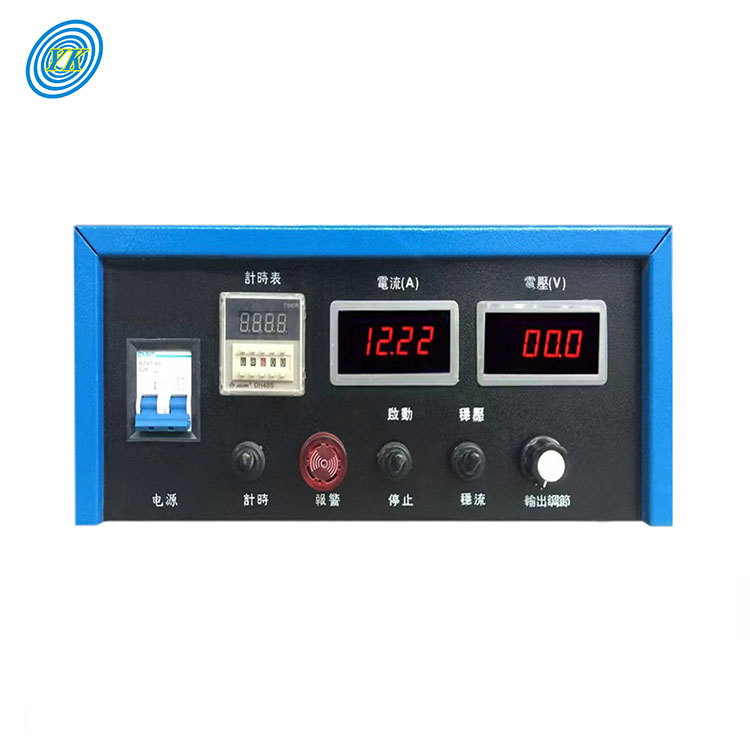News
In-Depth Analysis of Plating Rectifiers: Functionality, Components, and Advanced Technologies
Click: 596 Date: 01/11/2024 2::54::25 PM
In-Depth Analysis of Plating Rectifiers: Functionality, Components, and Advanced Technologies
In the subsection titled "The Essence of Electroplating Rectifiers," we would focus on the fundamental role that plating rectifiers play in the electroplating industry. Essentially, these devices are responsible for the critical conversion of alternating current (AC) into direct current (DC), which is necessary for the deposition of metal coatings onto various substrates. This conversion is crucial as direct current is required to facilitate the electrochemical reaction that leads to metal deposition.
Plating rectifiers are designed to ensure a consistent and controlled flow of electricity, which is vital for achieving a uniform and high-quality metal coating. By managing the polarity of the current, rectifiers dictate the direction in which metal ions move, thus ensuring that they are deposited correctly onto the workpiece. This careful control of current flow not only improves the aesthetics of the coated item but also enhances its functional properties, such as corrosion resistance and electrical conductivity.
Furthermore, the devices are engineered to minimize the fluctuations in current, commonly known as 'ripple', which if unchecked, can lead to defects in the plating quality. By providing a stable and smooth direct current, rectifiers contribute to the consistency and reliability of the metal deposition process.
In addition to these core functions, rectifiers are also recognized for their energy efficiency. The modern designs incorporate advanced technologies that allow for the conversion of AC to DC with minimal power losses, which not only reduces operational costs but also contributes to a safer and cooler working environment, lessening the need for extensive cooling systems.
This section would therefore highlight how plating rectifiers serve as the backbone of electroplating processes, enabling precise control over the metal deposition, ensuring the quality of the final product, and contributing to the overall efficiency and safety of plating operations.
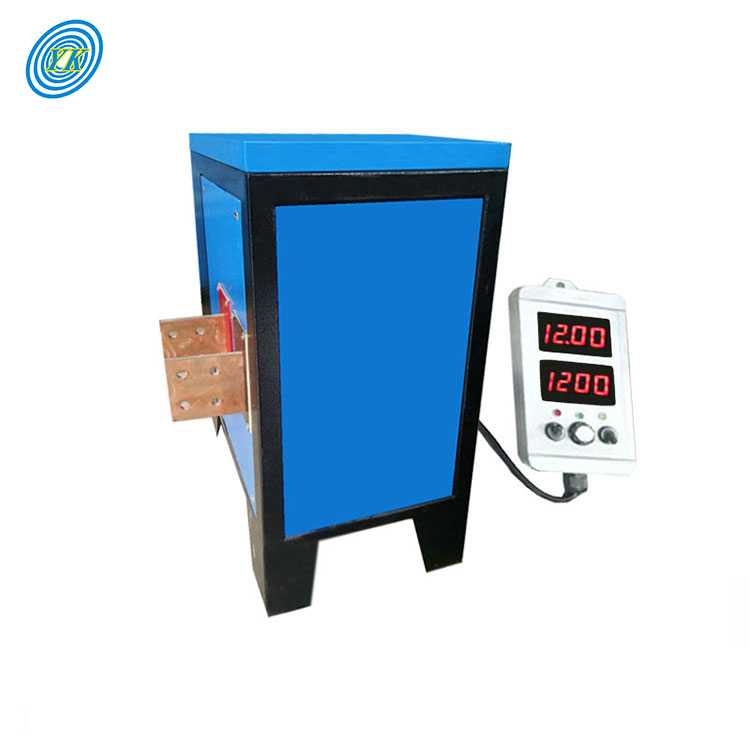
The subsection "Components and Circuitry" would explore the intricate architecture and operational mechanics of plating rectifiers. These devices, pivotal in the electroplating process, are engineered to convert alternating current (AC) into the direct current (DC) necessary for metal deposition.
Transformers: Transformers serve as the voltage regulators in rectifiers, adjusting the high voltage from power utilities to the lower voltages typically used in electroplating. They consist of primary and secondary coils, where the voltage reduction is determined by the ratio of the number of windings on these coils.
Semiconductors and Diodes: Semiconductors, commonly made of silicon, are essential for the rectification process, allowing the flow of electricity in one direction and blocking it in the other, thus converting AC to DC. Diodes are the simplest form of these semiconductors, acting as one-way valves for electrical current.
Silicon-Controlled Rectifiers (SCRs) and Thyristors: SCRs, or thyristors, are specialized semiconductors that not only rectify AC to DC but also regulate the output. They require a control signal and are utilized in both the transformation and regulation stages of the rectification process, depending on whether they are situated on the primary or secondary side of the transformer.
Ripple Control: Despite the effectiveness of SCRs, they can introduce a distortion known as "ripple" into the DC output. This is a residual fluctuation from the AC waveform. While some plating processes can tolerate a certain level of ripple, others require additional filtering to achieve a smoother DC output.
Cooling Systems: Given the heat generated during rectification, cooling systems are integral to maintaining rectifier longevity. These systems can be based on air or water cooling methods, depending on the rectifier's design and the environmental conditions in which it operates.
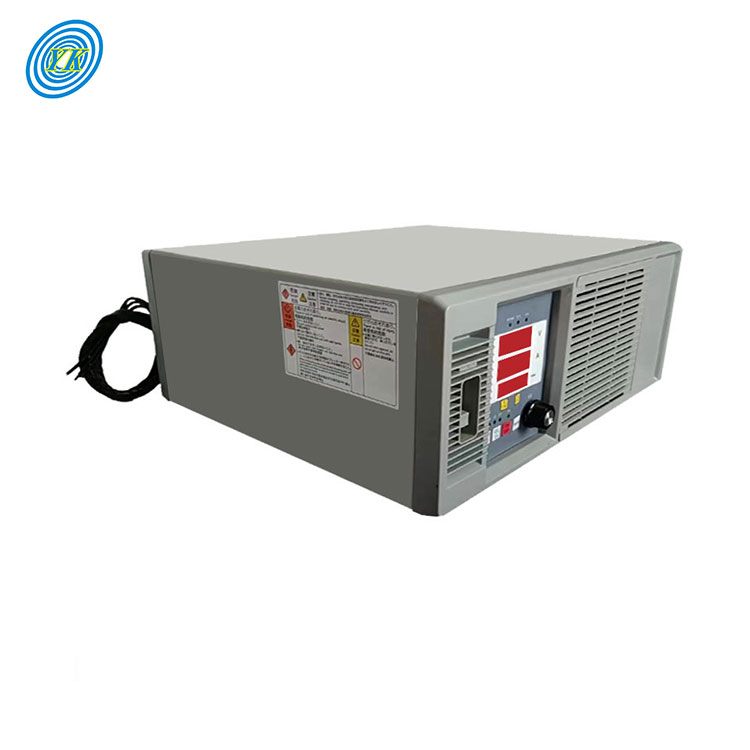
This part would outline the key control features present in plating rectifiers, including the regulation of voltage and current, as well as the importance of waveform adjustments to ensure the precision of electroplating processes. Here's a detailed explanation:
Voltage and Current Regulation: Plating rectifiers must accurately control the output voltage and current to ensure that the electroplating process proceeds correctly. The regulation of voltage and current is crucial because it affects the rate at which metal ions are deposited onto the substrate. For instance, in some plating applications, a constant voltage is needed to maintain a steady flow of ions, while in others, a constant current is necessary to deposit a uniform layer of metal.
Semiconductor Technology: Modern plating rectifiers utilize semiconductor components, such as diodes and silicon-controlled rectifiers (SCRs), to filter alternating current (AC) and convert it to direct current (DC). SCRs, which are a type of thyristor, are particularly useful because they can act as both regulators and rectifiers, depending on their placement in the rectifier circuit. They are controlled by a gate signal and are essential for adjusting the output based on the plating requirements.
Ripple Control: A key challenge in rectification is managing the "ripple" or the residual AC component in the otherwise smooth DC output. For high-precision plating processes, especially when working with precious metals or alloys, a low ripple rate is essential. Rectifiers designed for such applications often come with built-in filters to smooth out the ripple, ensuring consistent plating quality.
Waveform Configuration: The waveform of the rectified current can significantly impact the quality of plating. Full-wave rectification is commonly preferred in many plating processes because it efficiently utilizes both halves of the AC cycle. However, the choice of waveform can depend on specific plating applications, such as chromium electroplating, which may not work well with a half-wave rectifier.
Integrated Controls and Protection: Advanced plating rectifiers come with various control mechanisms, such as automatic voltage and current controls, ampere-hour control, and current density control. These features simplify the plater's work by delivering a consistent output. Additionally, rectifiers are equipped with overload protection and cooling devices, like water cooling systems or fans, to ensure safe and reliable operation.
These control features are integral to the operation of plating rectifiers, enabling them to provide the precise electrical characteristics required for different types of electroplating.
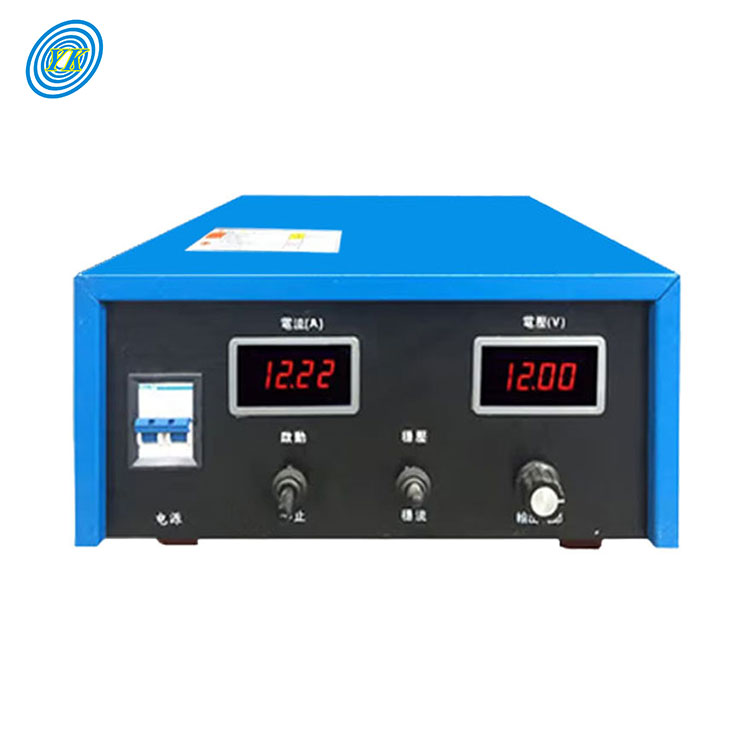
In the context of maintaining and enhancing the efficiency of plating rectifiers, the following points have been synthesized and rewritten from the provided sources:
Effective Thermal Management: Crucial to rectifier longevity is the management of heat generated during operation. Excessive heat can cause component damage and reduce efficiency. To prevent this, ensure semiconductors and other power components are well-maintained and cooling pathways remain unobstructed to facilitate heat dissipation [1].
Routine Cleaning and Component Inspection: Monthly maintenance activities are essential. This includes cleaning intake and output screens with a vacuum and inspecting all high-current conducting connections for secureness, as loose connections can cause voltage drops, overheating, and potential component failure [2].
Cooling System Importance: Cooling systems, comprising fans, heat sinks, and coolant systems, are pivotal in maintaining rectifiers at operational temperatures. Regular maintenance of these systems, including inspections and cleanings, prevents overheating and extends equipment lifespan [3].
Proactive Maintenance and Diagnostics: Regular checks of air filters, secure fan blades, and control instrumentation, along with onboard diagnostics, help in identifying trouble areas early, reducing downtimes and prolonging rectifier service life [5][6].
Energy Efficiency Considerations: Rectifiers with efficient circuitry, such as three-phase bridge circuits, can significantly reduce energy consumption. Additionally, investing in quality cooling systems and maintaining them can result in energy savings and improved system performance [2].
These points emphasize the importance of a proactive approach to maintenance and efficiency in the operation of plating rectifiers. Regular maintenance not only ensures the proper functioning of the rectifier but also contributes to energy conservation and cost savings over time.
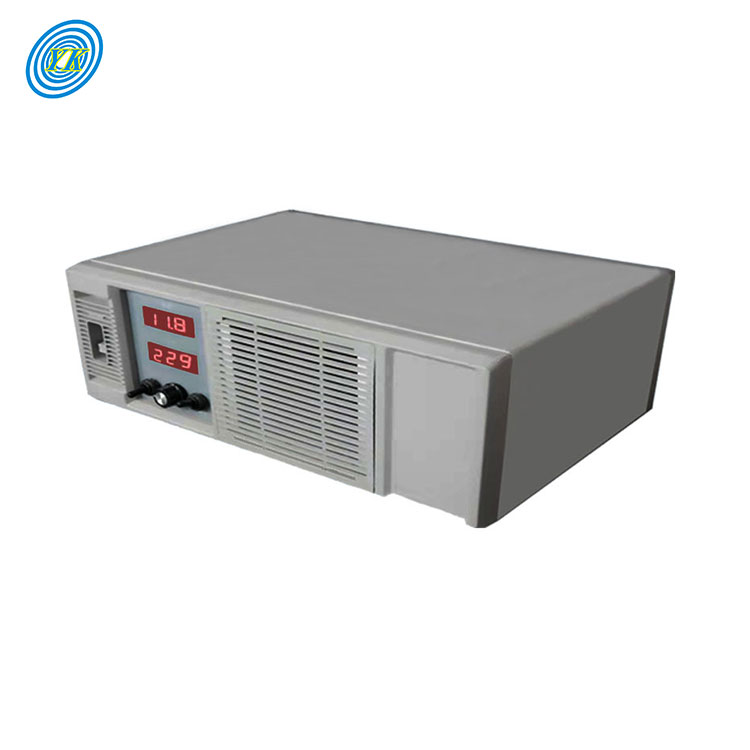
In this section, we'll delve into the advanced capabilities and diverse uses of plating rectifiers, highlighting technological innovations such as computer-controlled operations, the precision of pulse plating, the versatility of periodic reverse techniques, the uniformity benefits of anodizing, and the broad range of industrial applications these features support.
Computer-Controlled Rectifiers: Modern rectifiers are now increasingly integrated with computer systems, allowing for more precise control over the plating process. Digital controls can fine-tune amperage and voltage, provide ramp-up sequences as parts enter tanks, and shut down with exact timing. This level of control enables consistent metal thickness and quality, with the added benefits of automated process monitoring and reduced manual intervention.
Precision of Pulse Plating: Pulse plating uses interrupted direct current to deposit metal in a controlled manner. This technology allows for denser deposits with finer grain structures, which can be applied more quickly than traditional methods. It often requires less in the way of plating-solution additives, which can lead to cost savings. Pulse plating is not only used in the electronics industry but has also found applications in electropolishing, anodizing, electrocleaning, and barrel plating.
Versatility of Periodic Reverse: Periodic reverse plating involves alternating the current direction at set intervals, which can help in the redistribution of material on a plated surface, leading to improved uniformity and throwing power. This technique can be particularly effective when working with complex geometries or when trying to achieve specific surface characteristics.
Uniformity Benefits of Anodizing: Anodizing processes often use rectifiers to provide the required electrical power. For certain types of anodizing, such as hard-coat anodizing, higher voltages are necessary, and rectifiers are designed to deliver these safely and consistently. The controlled electrical supply from rectifiers ensures uniform anodic films and can be adjusted for specific coloration techniques.
Industrial Applications: The advanced features of modern rectifiers have expanded their use beyond traditional plating. They are now instrumental in various industries, from aerospace and automotive to consumer electronics and medical devices. The ability to control plating processes with high precision makes these rectifiers crucial for producing high-quality, reliable, and durable coatings.
